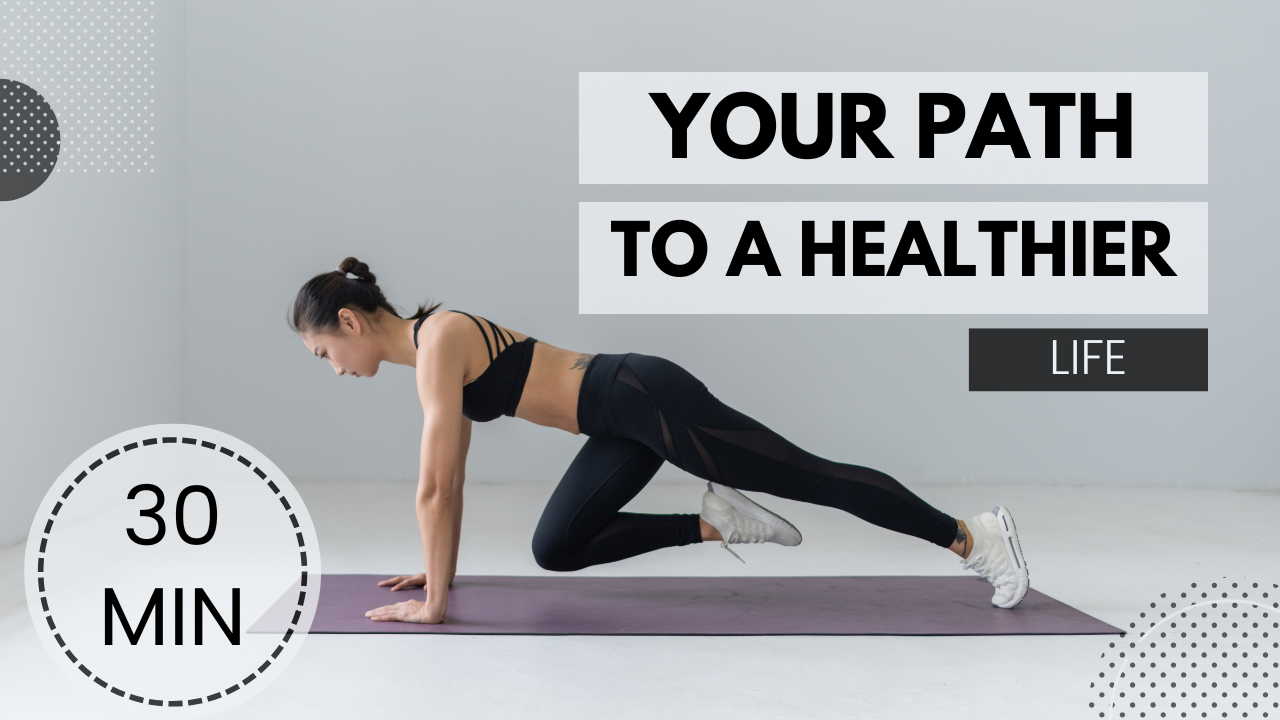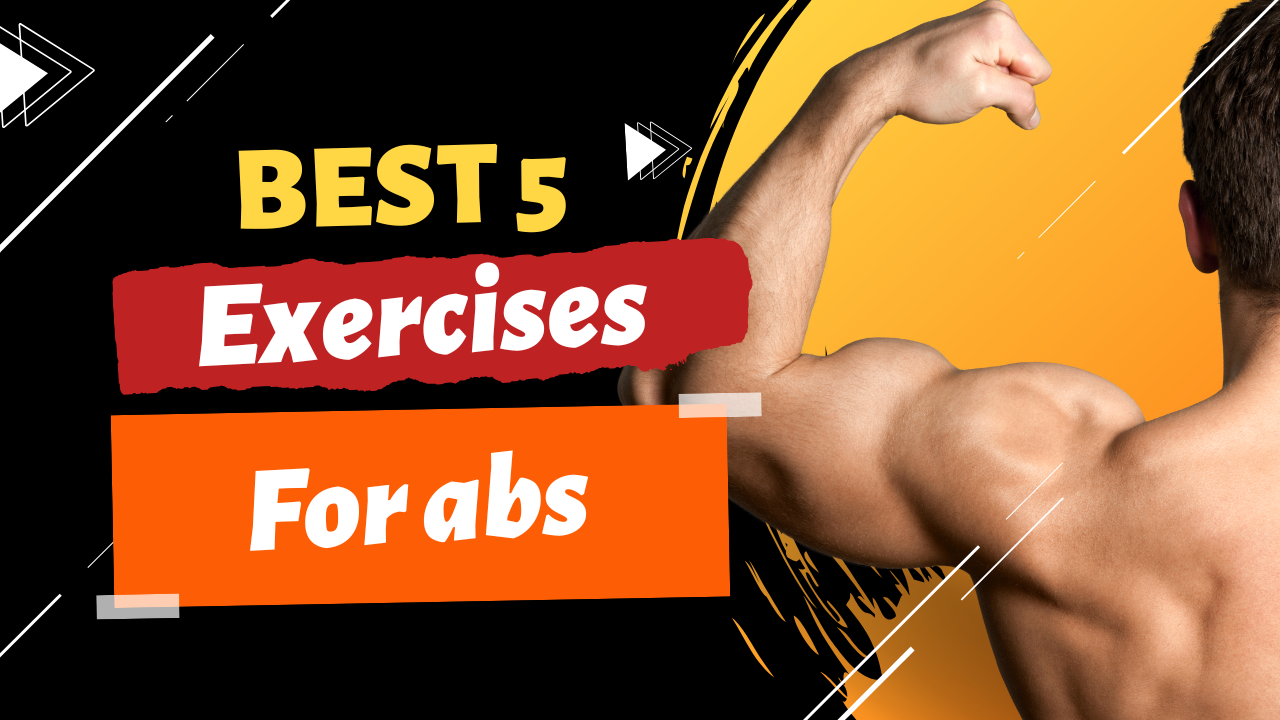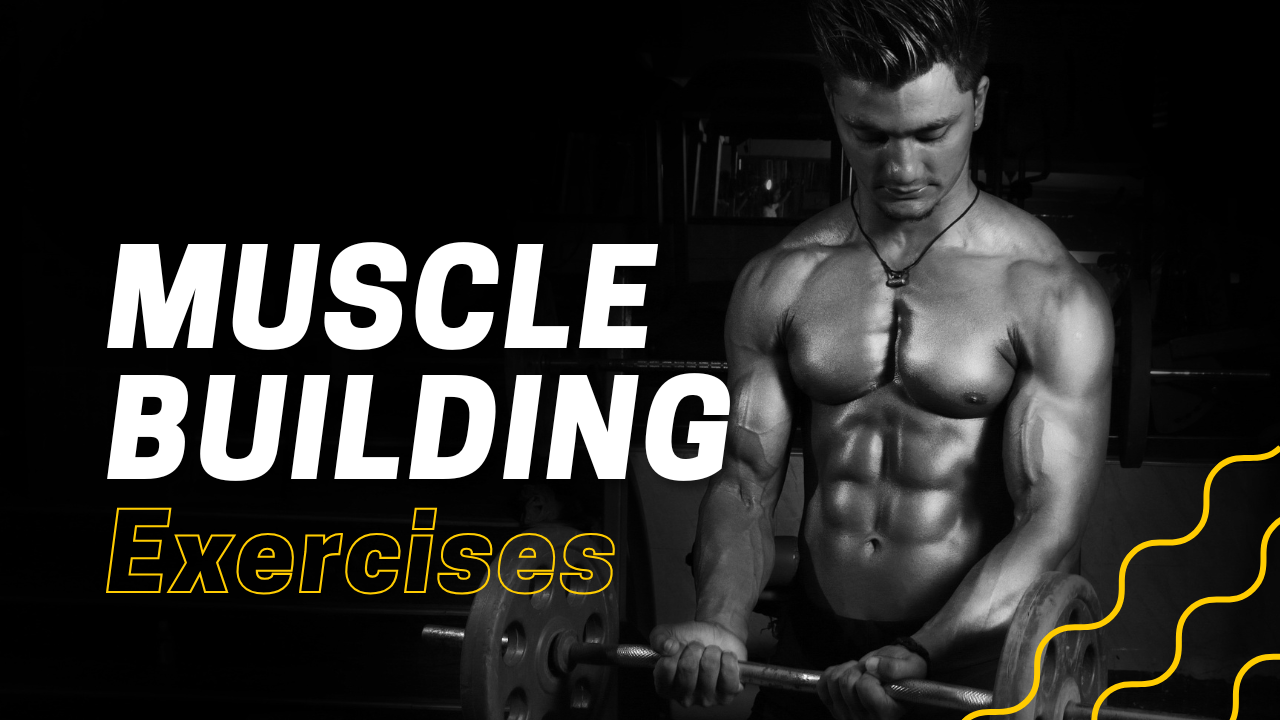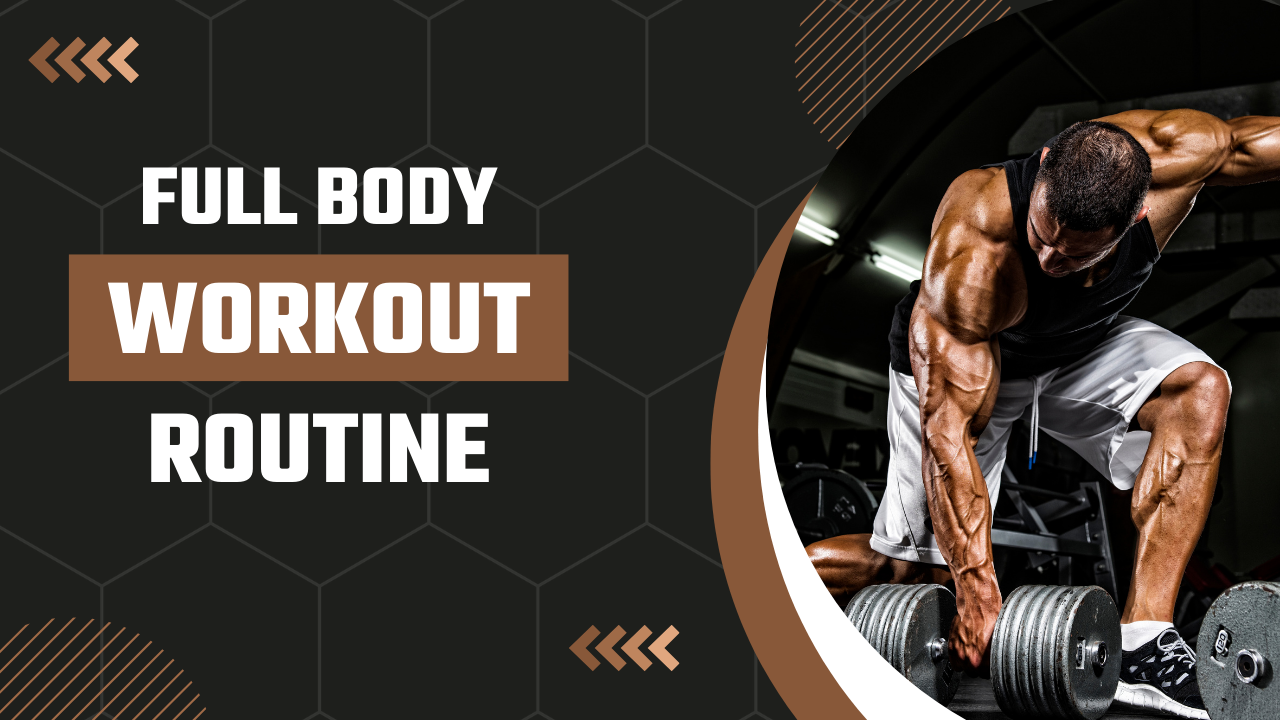Ultimate In-Depth Guide to Fitness: Your Path to a Healthier Life
Fitness is an essential aspect of maintaining a healthy lifestyle. It involves more than just hitting the gym or going for a run; it’s about achieving overall well-being by maintaining physical, mental, and emotional health.
Fitness encompasses a variety of practices, from physical exercises to balanced nutrition and mental wellness. Whether you’re a fitness beginner or a seasoned athlete, understanding the different components of fitness and how to optimize them can significantly improve your quality of life.
What is Fitness?
Fitness refers to the state of being physically healthy and strong. It involves the ability to perform daily tasks with ease, without feeling fatigued or experiencing discomfort. Fitness is typically divided into different categories:
- Cardiovascular Endurance: The ability of your heart, lungs, and circulatory system to supply oxygen during sustained physical activity.
- Muscular Strength: The maximum amount of force a muscle can generate.
- Muscular Endurance: The ability of your muscles to perform repetitive movements over an extended period.
- Flexibility: The range of motion available at a joint.
- Body Composition: The proportion of fat and non-fat mass in your body.
- Balance and Coordination: The ability to maintain stability while performing different movements.
READ MORE: Best Exercises for Abs
Why is Fitness Important?
Fitness is not just about looking good or achieving a certain aesthetic; it’s about your overall health. There are numerous benefits to maintaining good physical fitness:
- Improved Cardiovascular Health: Regular physical activity can help reduce the risk of heart disease, high blood pressure, and strokes by improving cardiovascular health.
- Weight Management: Fitness routines, especially those combining strength and cardio, are great for maintaining a healthy weight or losing excess fat.
- Better Mental Health: Exercise triggers the release of endorphins, the body’s natural “feel-good” hormones, which can reduce feelings of stress, anxiety, and depression.
- Increased Strength and Flexibility: Regular physical activity helps improve muscle strength, flexibility, and overall mobility, which can prevent injuries.
- Enhanced Sleep: Fitness routines, particularly those that involve exercise during the day, can improve the quality of sleep, helping you feel more rested and energized.
- Longevity: Studies have shown that regular exercise can increase your lifespan and reduce the risk of chronic diseases.
Components of Fitness
Fitness is multi-faceted, and incorporating a variety of exercises can provide the most comprehensive benefits. Here are the key components of fitness:
1. Cardiovascular Exercise
Cardiovascular exercises, also known as aerobic exercises, are activities that increase your heart rate and improve the efficiency of your heart and lungs. These exercises can help improve cardiovascular health, burn fat, and boost stamina. Examples of cardiovascular exercises include:
- Running or jogging
- Cycling
- Swimming
- Brisk walking
- Dancing
- Jump rope
Recommended Duration: Aim for at least 150 minutes of moderate-intensity aerobic activity per week or 75 minutes of vigorous-intensity exercise, as recommended by the World Health Organization.
2. Strength Training
Strength training focuses on building muscular strength and endurance. It involves exercises that use resistance to stimulate muscle growth and improve bone density. Regular strength training can also enhance metabolism, improve posture, and increase functional strength.
Common strength training exercises include:
- Weightlifting (dumbbells, barbells, kettlebells)
- Bodyweight exercises (push-ups, squats, lunges)
- Resistance band exercises
- Pilates
Recommended Frequency: Strength training should be done at least two to three times per week, allowing for rest and recovery between sessions.
3. Flexibility and Mobility Training
Flexibility refers to the ability of a muscle or joint to stretch or move through its full range of motion. Mobility refers to the ability of the joint to move efficiently. Both are essential for injury prevention and improving athletic performance.
Examples of flexibility and mobility exercises include:
- Yoga
- Stretching routines
- Foam rolling
- Pilates
Recommended Frequency: Stretching should be incorporated into your fitness routine at least 2-3 times per week, with a focus on areas that tend to get tight, such as the hamstrings, hips, and shoulders.
4. Balance and Stability Training
Balance and stability exercises are essential for maintaining good posture and preventing falls, especially as you age. These exercises work on strengthening the core and improving coordination.
Examples include:
- Yoga poses (e.g., tree pose, warrior poses)
- Balance boards or stability balls
- Single-leg exercises (e.g., single-leg deadlifts)
Recommended Frequency: Include balance exercises in your routine 2-3 times a week.
5. Body Composition
While body composition refers to the ratio of fat to lean mass in the body, achieving an optimal body composition is an important goal in fitness. Reducing excess body fat through exercise and proper nutrition can help improve overall health and appearance.
Recommended Focus: Combine cardio, strength training, and a healthy diet to reduce body fat and increase lean muscle mass.
Nutrition for Fitness
Fitness is not just about the exercises you perform; it’s also about fueling your body properly. Proper nutrition can help enhance performance, promote muscle recovery, and improve overall health.
Macronutrients:
- Protein: Essential for muscle growth and repair. Good sources include chicken, fish, tofu, eggs, beans, and legumes.
- Carbohydrates: Your body’s primary energy source. Complex carbs such as brown rice, quinoa, and whole grains provide sustained energy for workouts.
- Fats: Healthy fats, like those found in avocados, nuts, and olive oil, are essential for hormone regulation and joint health.
Micronutrients:
- Vitamins and minerals are crucial for overall health and help with recovery and immune function. Ensure you consume a variety of colorful fruits and vegetables to get a full range of vitamins and minerals.
Hydration:
- Staying hydrated is essential, as water is necessary for proper muscle function, nutrient absorption, and recovery. Aim to drink at least 2-3 liters of water per day, more if you’re engaging in intense workouts.
How to Start a Fitness Routine
Starting a fitness journey may seem intimidating, but with the right approach, you can build a routine that works for you. Here’s how to begin:
- Set Clear Goals: Define what you want to achieve with your fitness journey. Whether it’s improving strength, losing weight, or simply staying healthy, having clear goals will help keep you motivated.
- Choose Enjoyable Activities: Select exercises that you enjoy. If you’re not a fan of running, try cycling, swimming, or even dance classes.
- Create a Balanced Schedule: Incorporate cardiovascular exercises, strength training, and flexibility work into your weekly routine. Aim for at least 150 minutes of moderate-intensity exercise each week.
- Start Slow: If you’re new to fitness, start with shorter workouts and gradually increase the intensity and duration as your fitness improves.
- Listen to Your Body: Rest and recovery are as important as exercise itself. Make sure to take rest days and pay attention to any signs of injury.
Conclusion
Fitness is an essential component of a healthy lifestyle. By focusing on cardiovascular health, strength training, flexibility, and balance, you can build a well-rounded fitness routine that supports overall wellness.
Combine your workouts with proper nutrition and hydration, and you’ll see improvements in both your physical and mental health. Remember that consistency is key, and with time, you will start to notice positive changes in your body and mind.
Whether you’re aiming to lose weight, gain muscle, or simply improve your health, fitness is a journey that will provide lifelong benefits.





